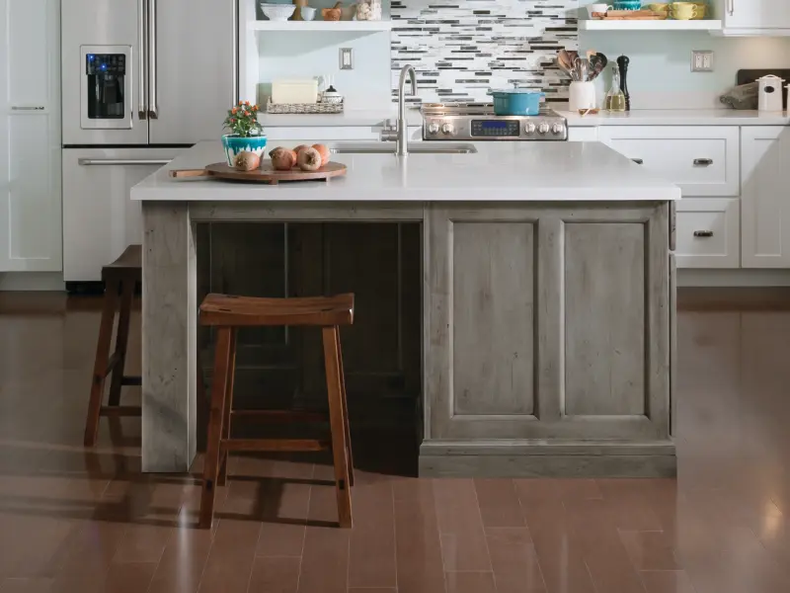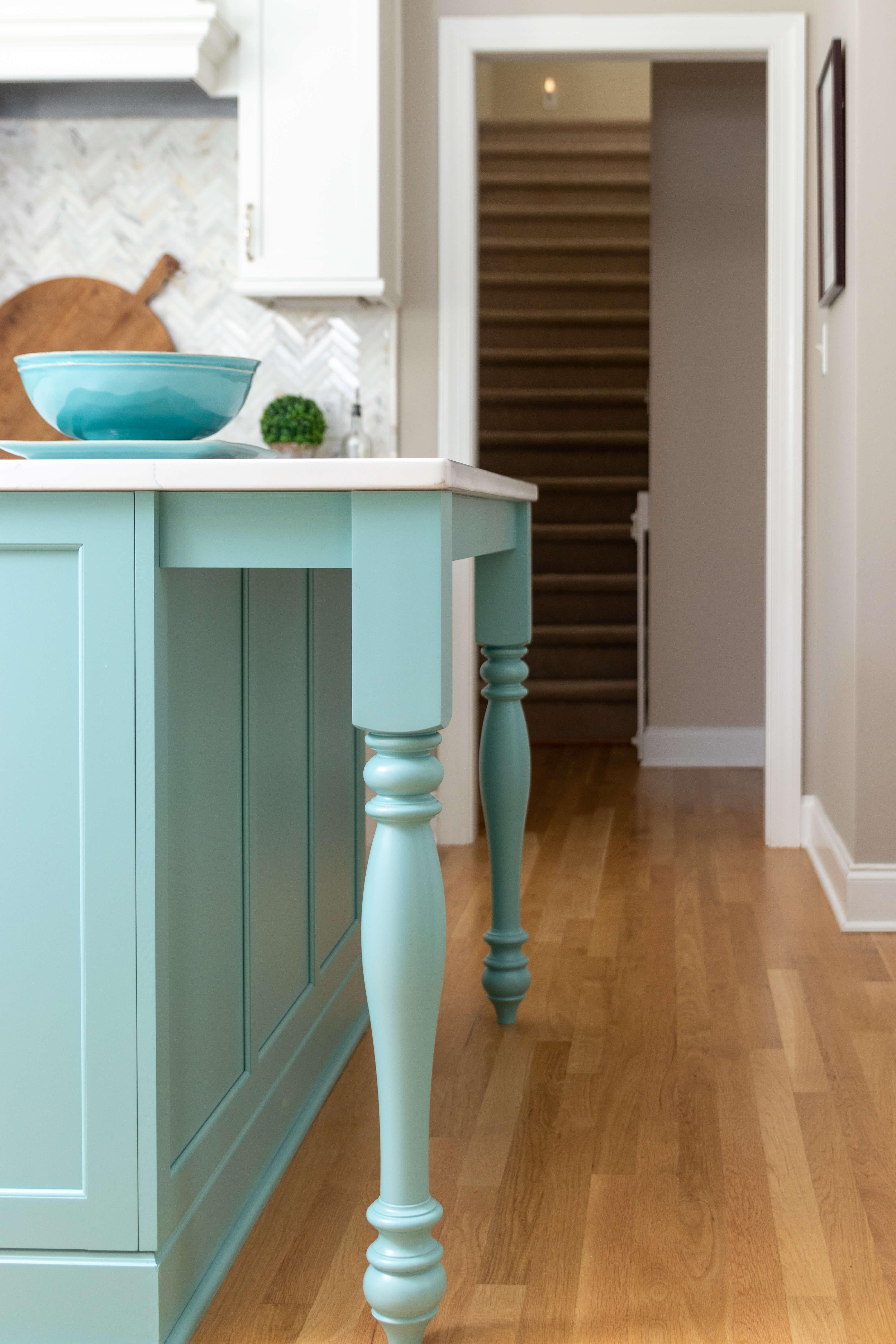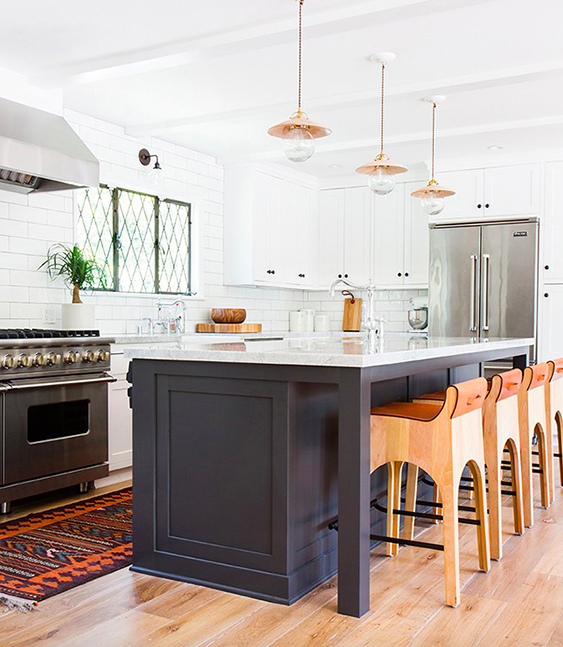Kitchen Island Legs: Boost Your Kitchen with Solid Assistance
Necessary Tips for Picking the Perfect Table for Your Kitchen Area
Choosing the ideal dining table for your kitchen is even more than simply a matter of preference; it necessitates a thorough understanding of your room and requirements. The form of the table plays a critical function; while rectangular tables match larger locations, rounded ones foster affection, and extendable alternatives provide adaptability. The table needs to harmonize with your cooking area's visual appeals and suit your family members comfortably.
Measure Your Area
Choosing the perfect dining table begins with a precise evaluation of your readily available room. This fundamental step guarantees that the table not only fits conveniently within the room yet additionally matches the general design and functionality of your dining area. Begin by determining the measurements of the room, taking into consideration entrances, home windows, and any kind of existing furniture. This will aid you establish the optimum allowed dimension for your table.
It is vital to leave appropriate area for chairs to be pulled out and for individuals to relocate around the table without blockage. A general policy of thumb is to allow at the very least 36 inches of clearance from the edge of the table to the nearest wall surface or piece of furnishings.
Additionally, consider the variety of individuals you typically delight and whether you require extra space for visitors. Choosing an extendable table can offer adaptability, allowing you to accommodate varying numbers of restaurants. By accurately measuring your space, you lay the groundwork for picking a table that boosts both the aesthetic appeals and functionality of your eating location.
Pick the Right Forming

On the other hand, round tables are exceptional for smaller sized cooking areas or intimate celebrations, as they advertise conversation by allowing every person to encounter each various other. They also offer a sense of coziness and can fit well in tighter spaces due to their lack of sharp corners. Oval tables use the finest of both globes, combining the size of rectangular tables with the intimacy of round ones, making them functional for numerous settings.
Square tables are one more alternative, specifically matched for square-shaped areas. They create a modern and balanced appearance, cultivating an equivalent eating experience for all seated.
Material Considerations
When choosing an eating table, product considerations are vital in figuring out the table's durability, upkeep requirements, and general aesthetic. Timber is a timeless option, using ageless appeal and robustness.
Glass-topped tables provide a modern-day, smooth look and can make a room show up larger as a result of their openness. They her response need frequent cleansing to prevent smudges and finger prints. Furthermore, tempered glass is suggested for its added stamina and safety and security.

Last but not least, composite products like MDF (Medium-Density Fiber board) or plywood are affordable alternatives. These products can imitate the appearance of strong timber but may not provide the exact same longevity. They are typically less complicated to tidy however can be at risk to water damage if not properly secured.
Inevitably, the selection of material need to straighten with your cooking area's style, your lifestyle needs, and your spending plan restrictions. (kitchen island legs)
Seating Capability and Convenience
How do you determine the best seating capability and comfort for your dining table? For a household of 4, a rectangle-shaped table of 48 inches long or a round table with a 48-inch diameter is normally sufficient.
The height of the table need to preferably be around 30 inches, offering a balanced ergonomic stance for seated diners. Chairs must have a seat elevation of 18 to 20 inches to guarantee a comfortable dining pose.
Style and Aesthetic Appeal
Choosing a dining table that matches your design and aesthetic appeal entails stabilizing personal taste with the existing decor of your eating room. The eating table is usually the focal point of the kitchen area, and its layout ought to complement the total style of the space. Whether your kitchen area boasts a modern, minimal click here now appearance or a rustic, farmhouse beauty, the table you select should harmonize with these aspects to create a cohesive and welcoming atmosphere.
Consider materials carefully; timber uses an ageless appeal and can vary from find this rich mahogany for a conventional aim to lighter oak for a contemporary feeling. Metal and glass tables, on the various other hand, can present a smooth, industrial edge to your cooking area. Do not ignore the table's form-- rectangle-shaped tables are traditional and versatile, while round and oval options can cultivate an extra intimate eating experience.
Furthermore, pay attention to surfaces and information. A troubled surface may add personality and heat, whereas a shiny surface can contribute to a tidy, contemporary visual. Eventually, your eating table ought to not just in shape seamlessly into your cooking area's design yet likewise reflect your personal design, boosting the area both functionally and aesthetically.
Verdict
In conclusion, selecting the perfect eating table for a cooking area requires cautious evaluation of room, shape, product, seating capacity, and aesthetic consistency. Eventually, an appropriate eating table cultivates a welcoming environment and accommodates the house easily, thus boosting the dining experience.

When picking an eating table, material factors to consider are critical in identifying the table's toughness, upkeep requirements, and total visual. For a household of 4, a rectangular table of 48 inches long or a round table with a 48-inch diameter is generally sufficient.
Don't ignore the table's shape-- rectangle-shaped tables are versatile and traditional, while round and oval choices can promote a much more intimate eating experience. kitchen island legs.